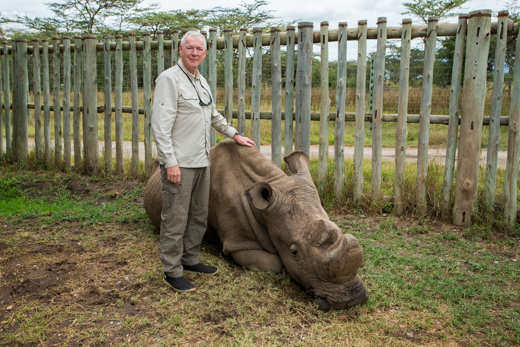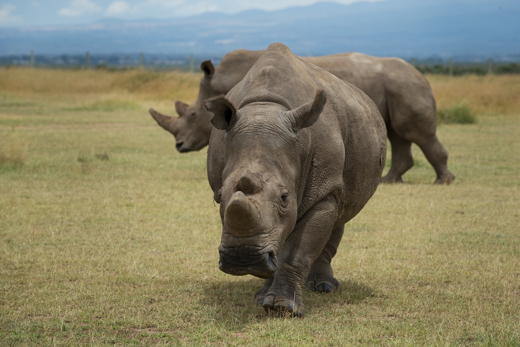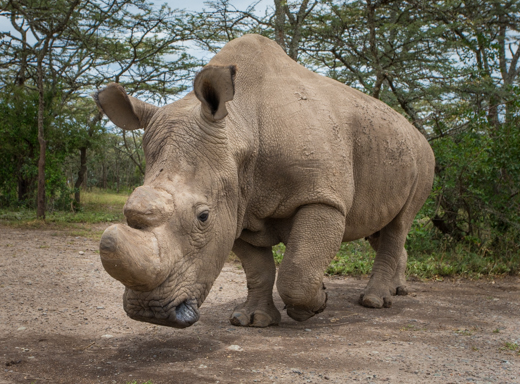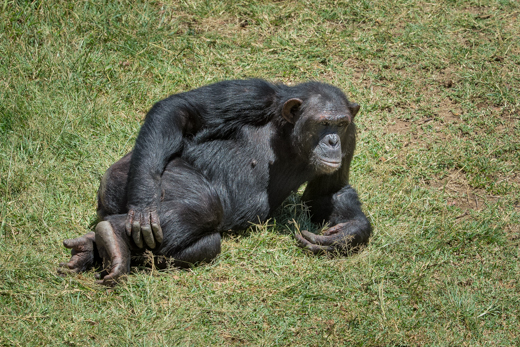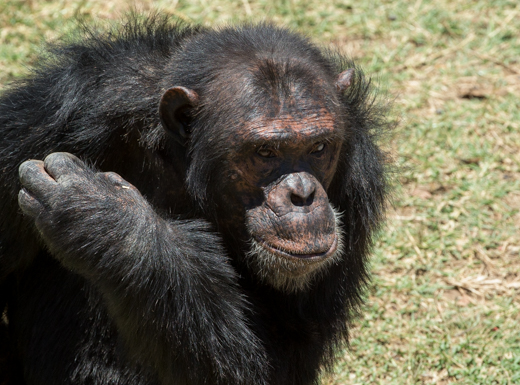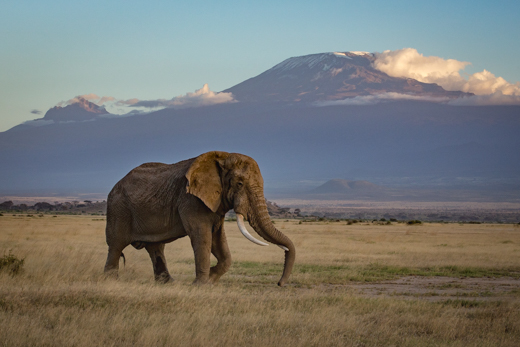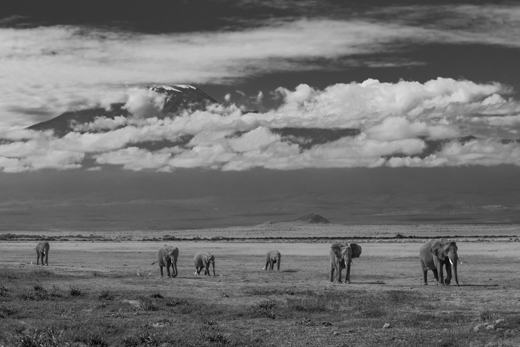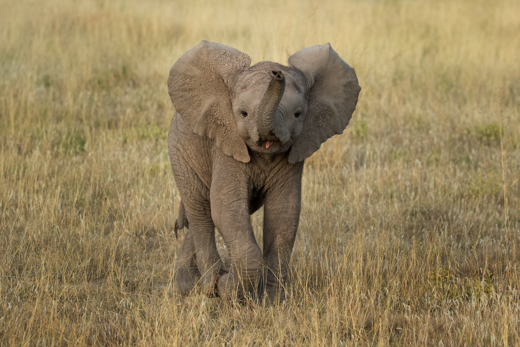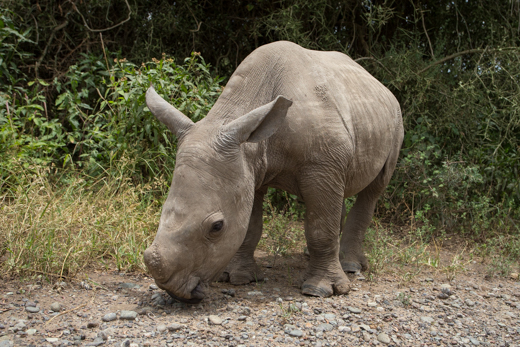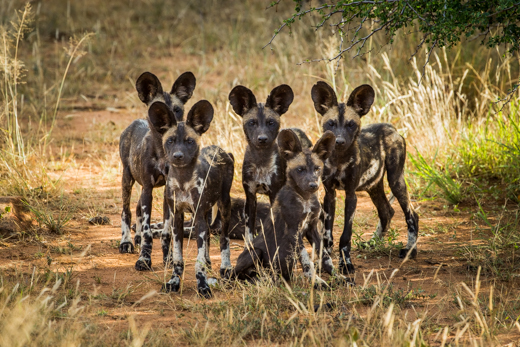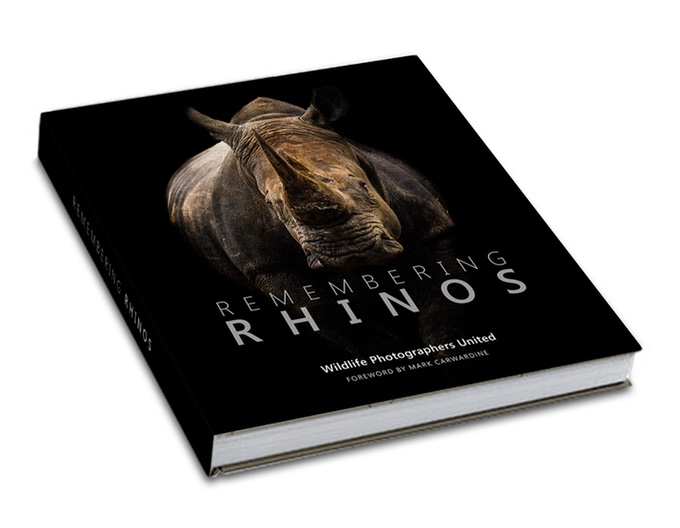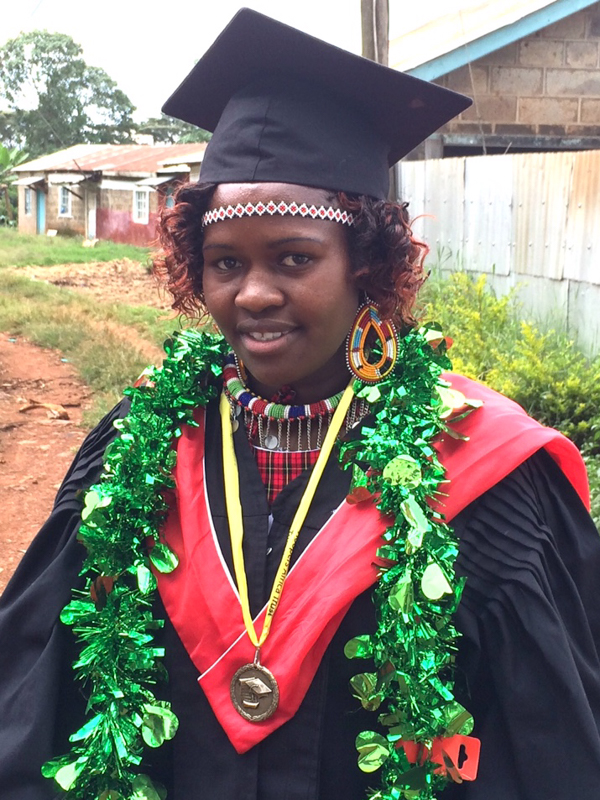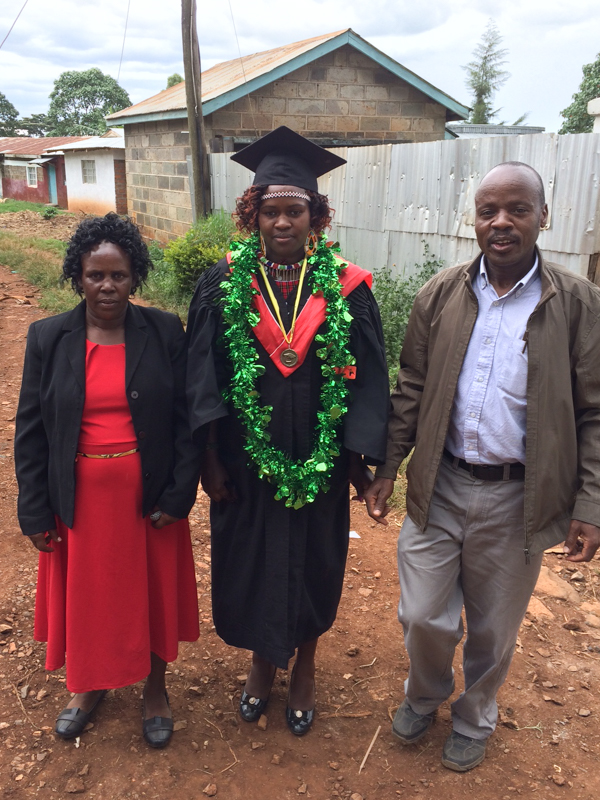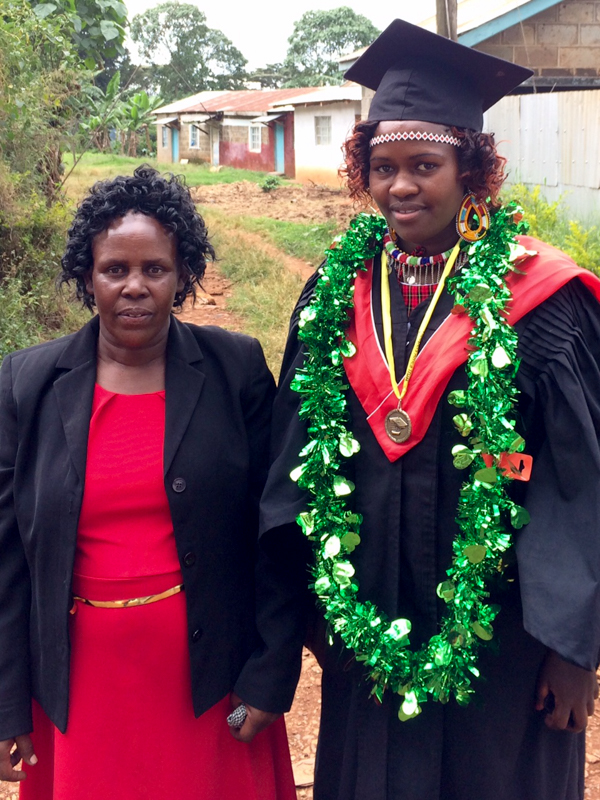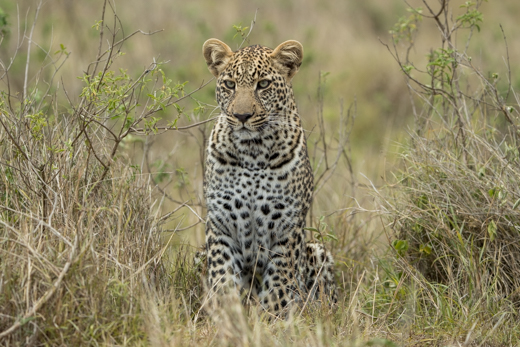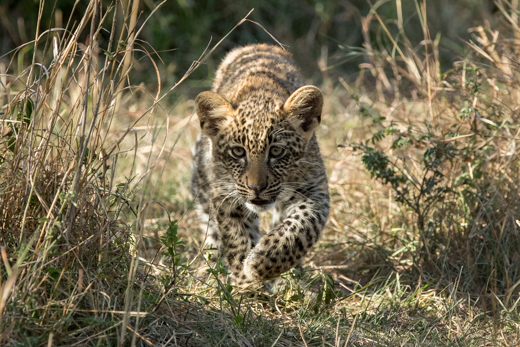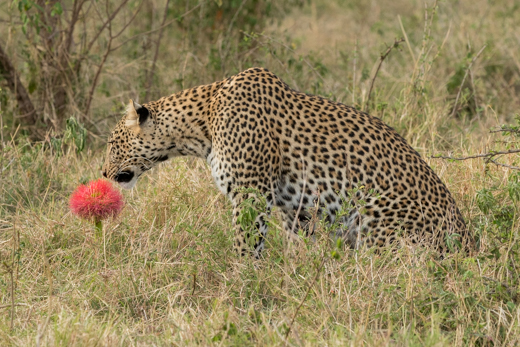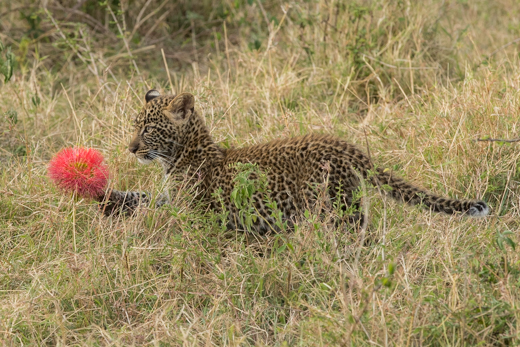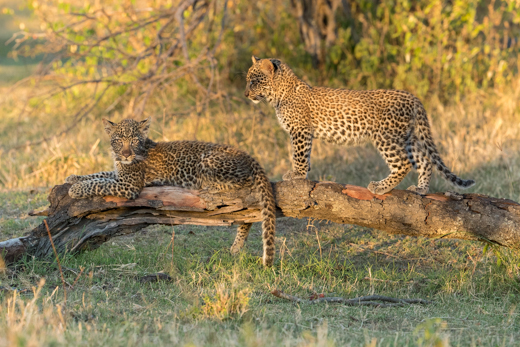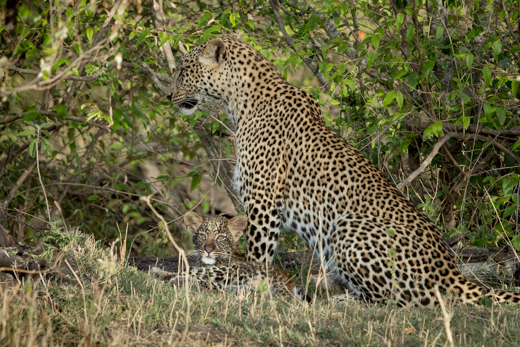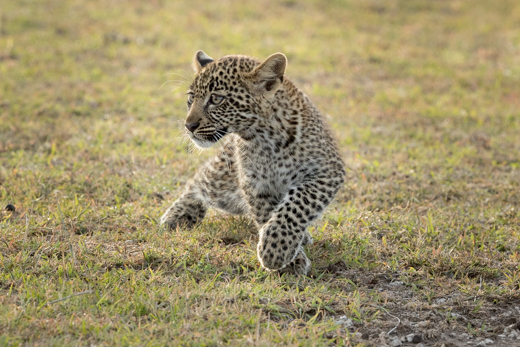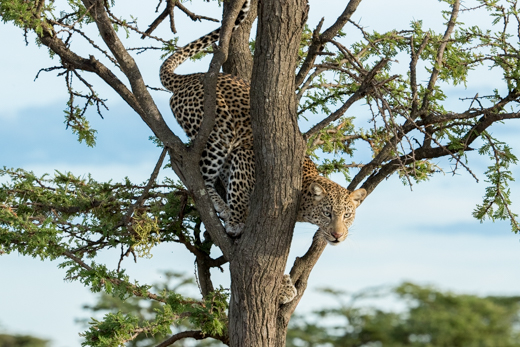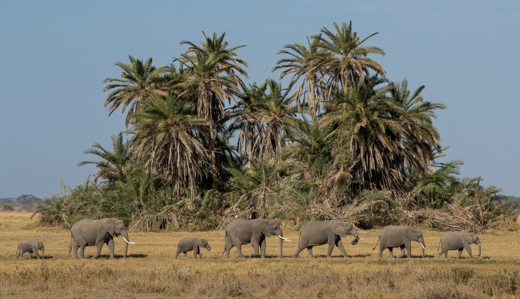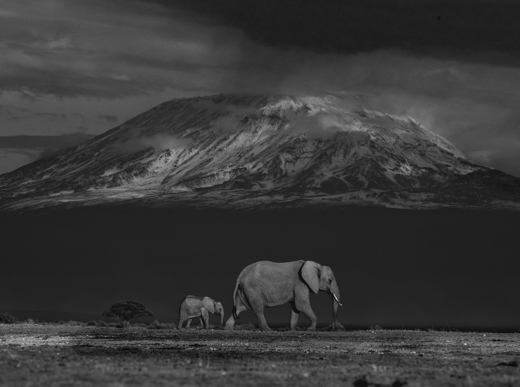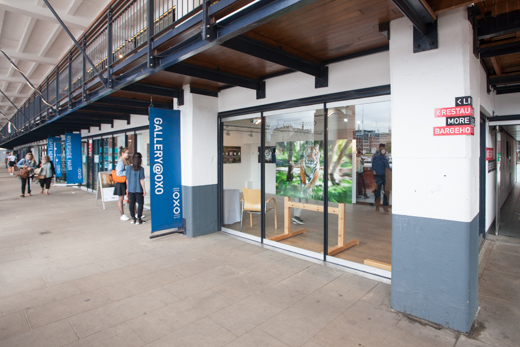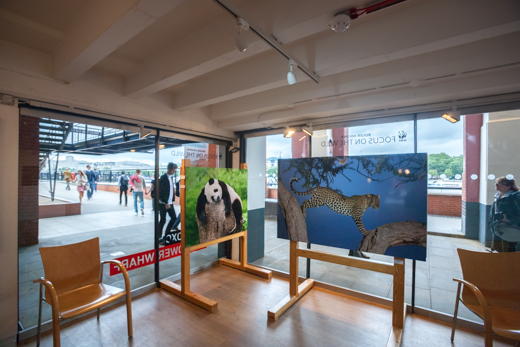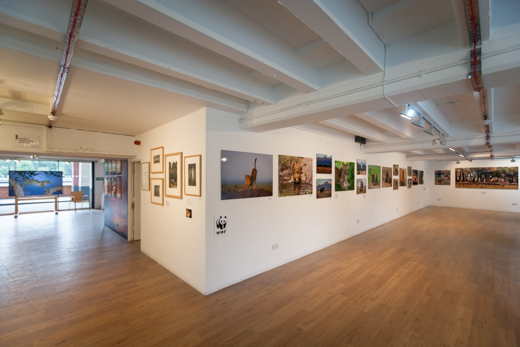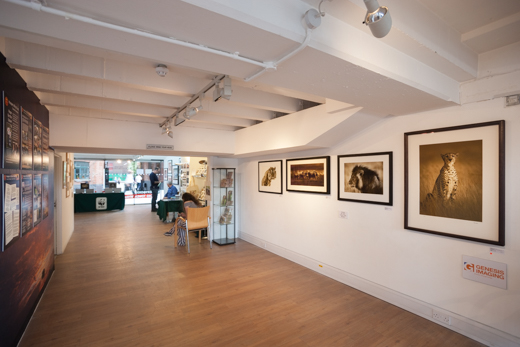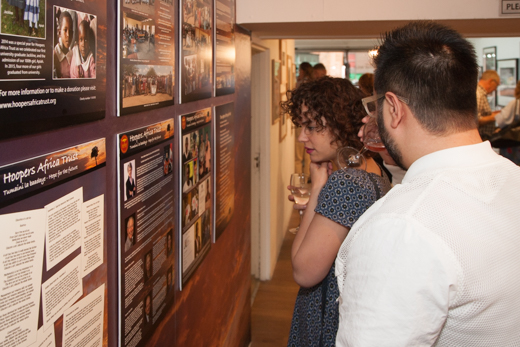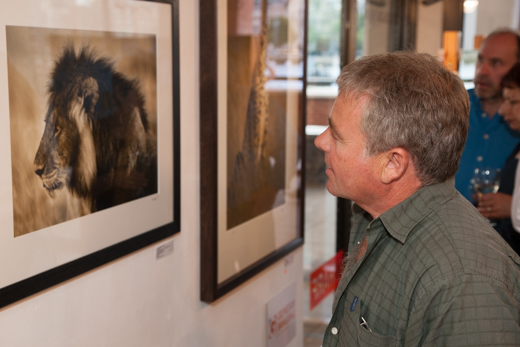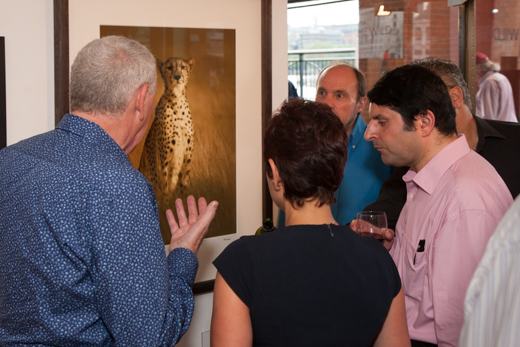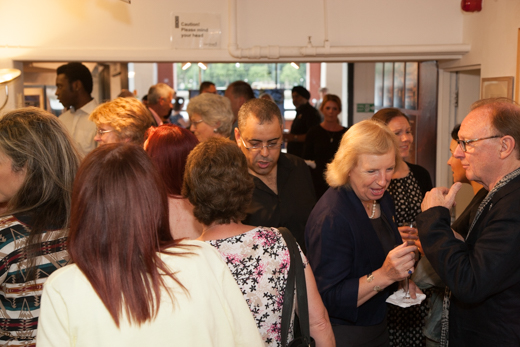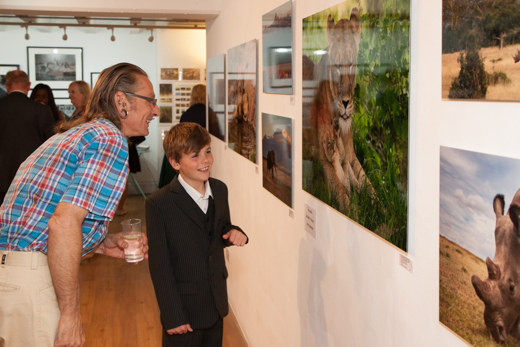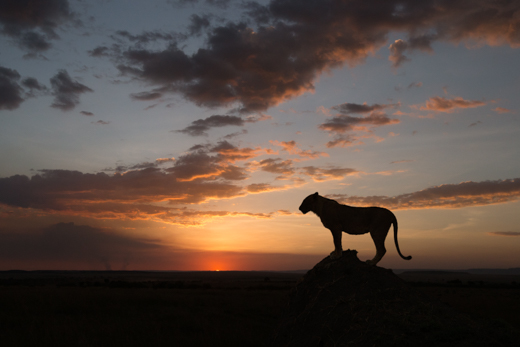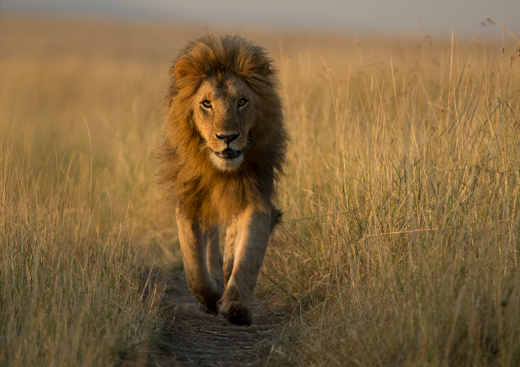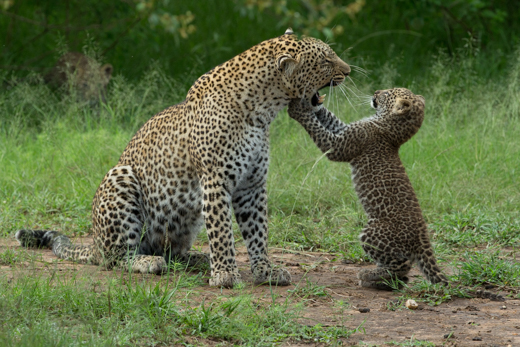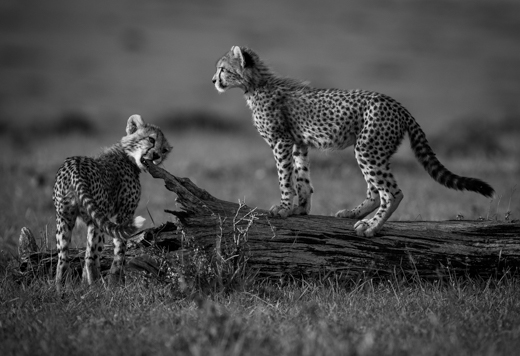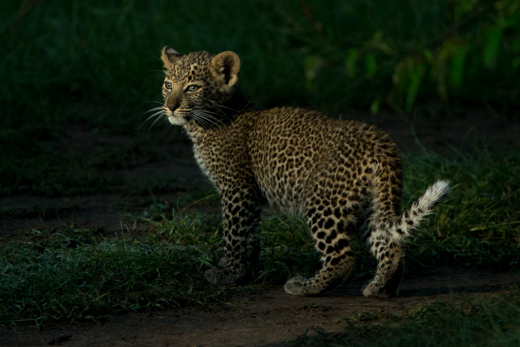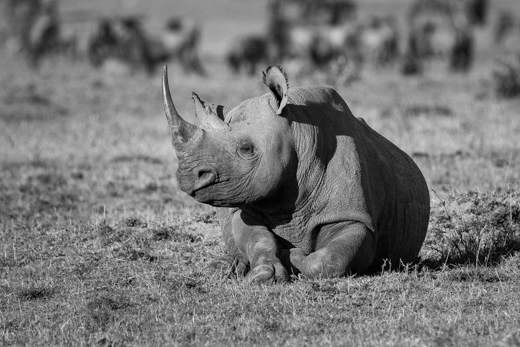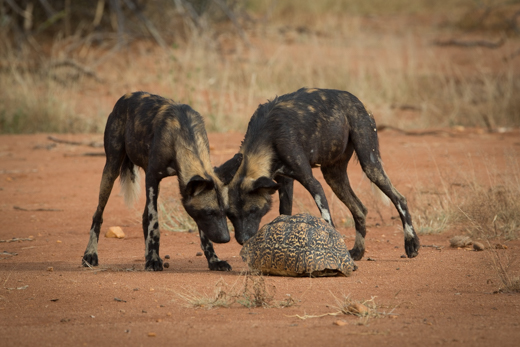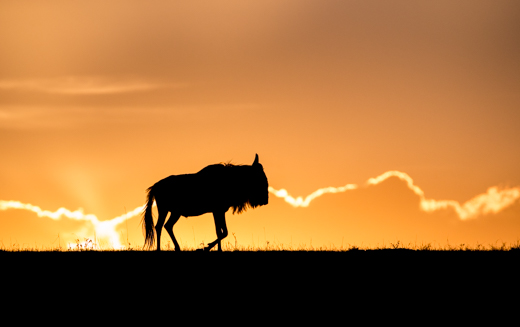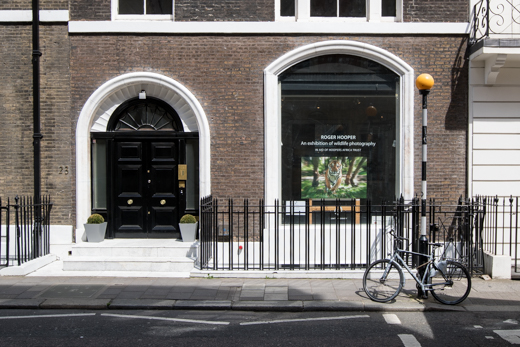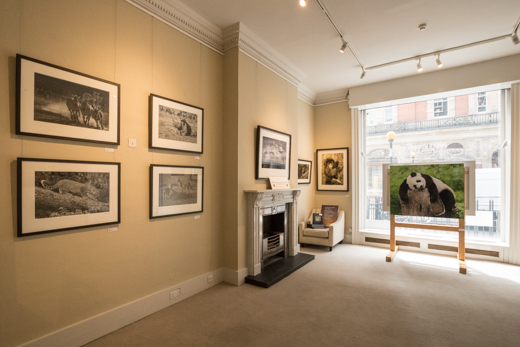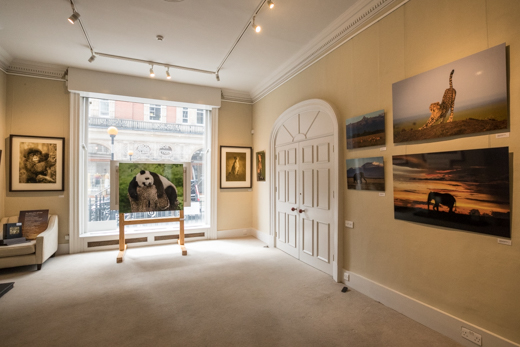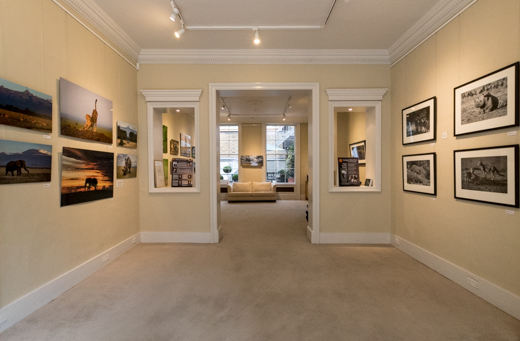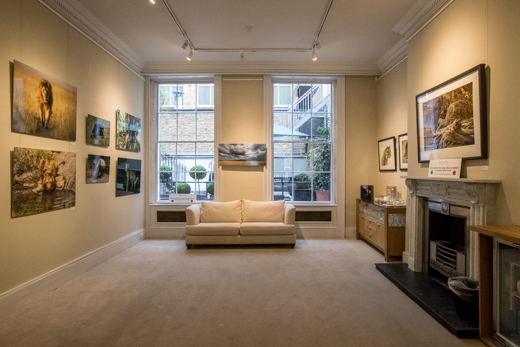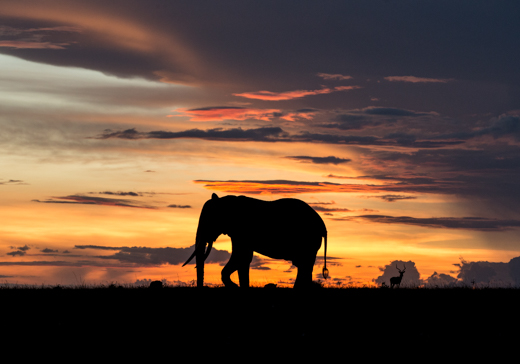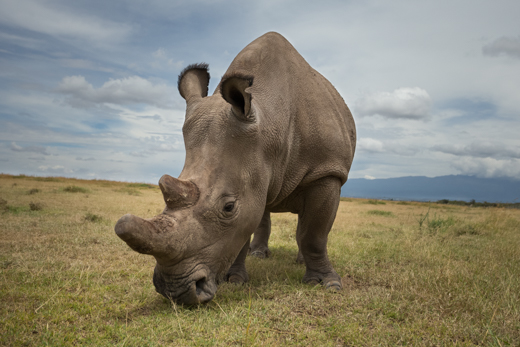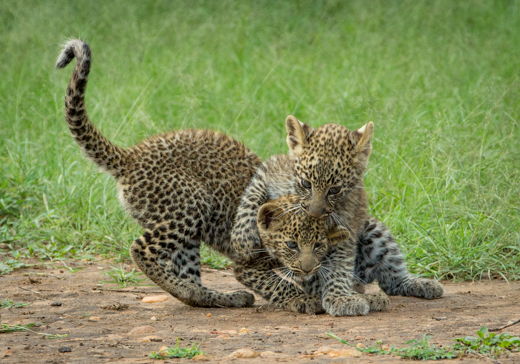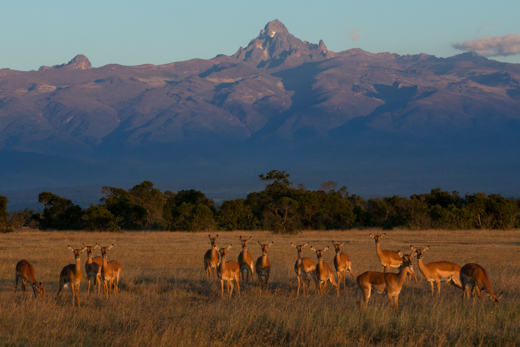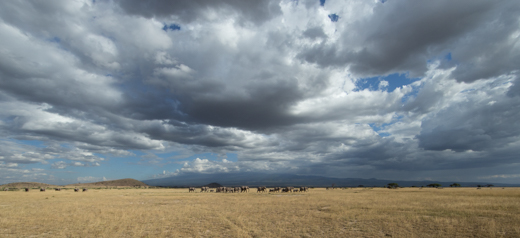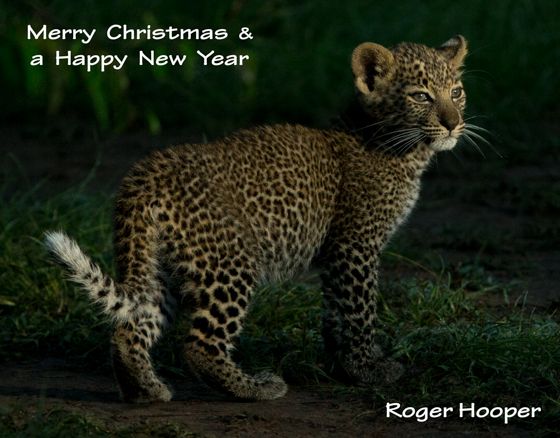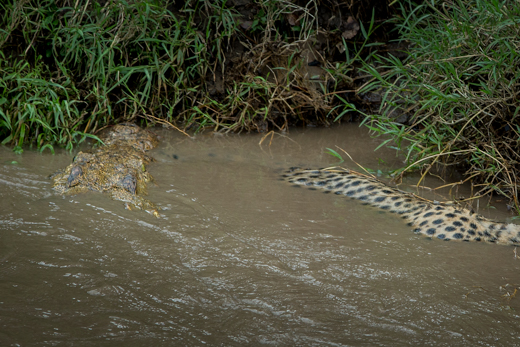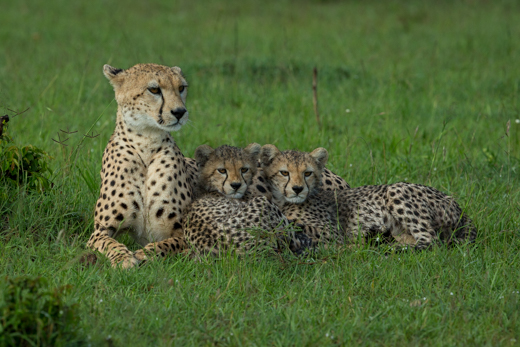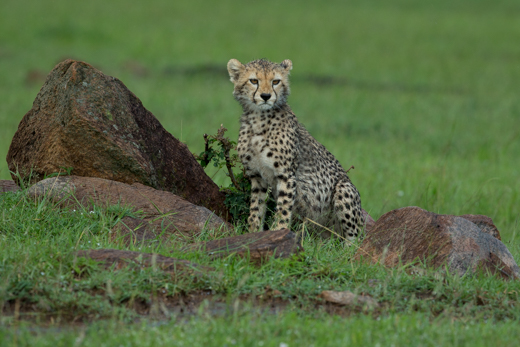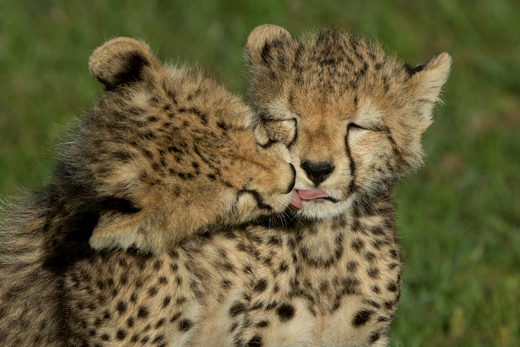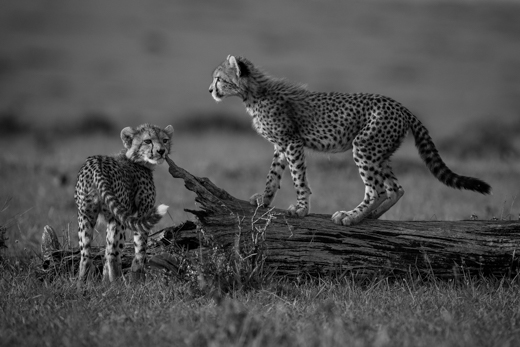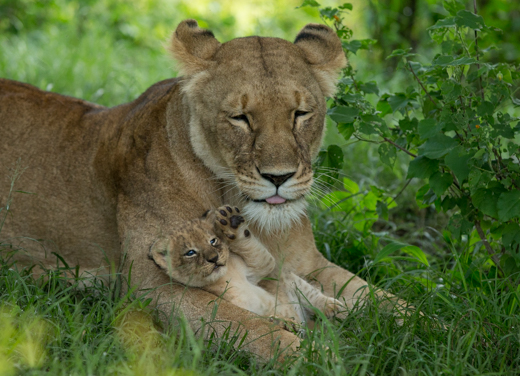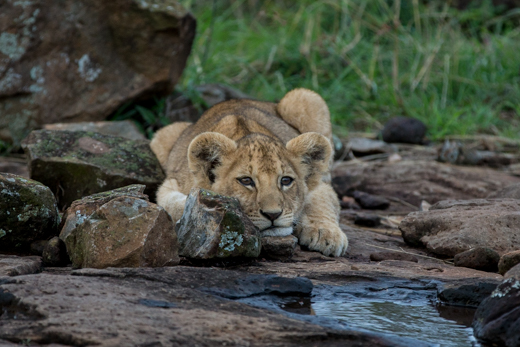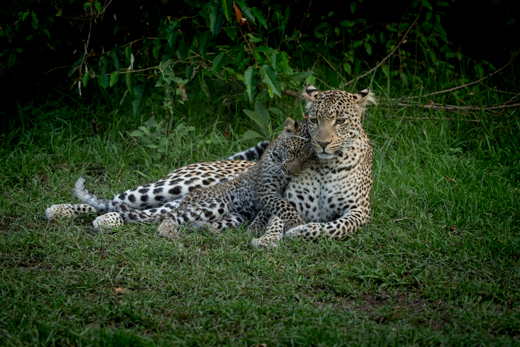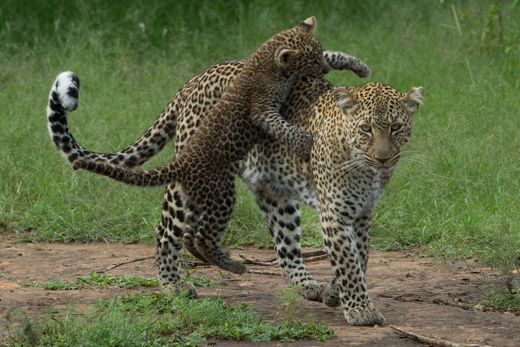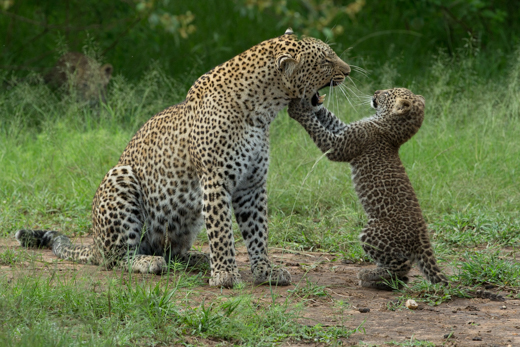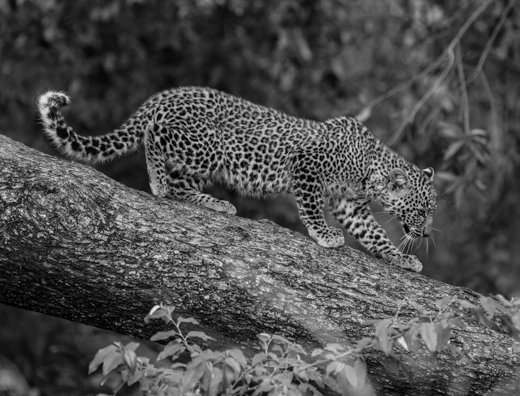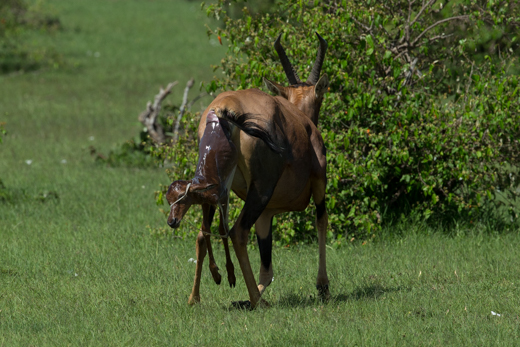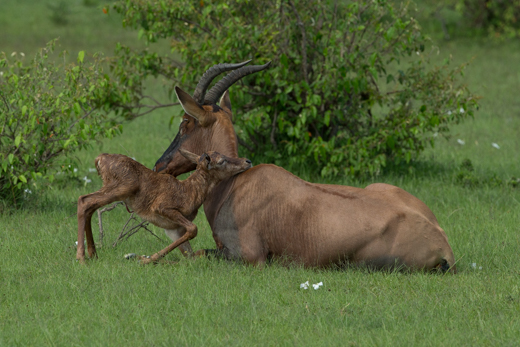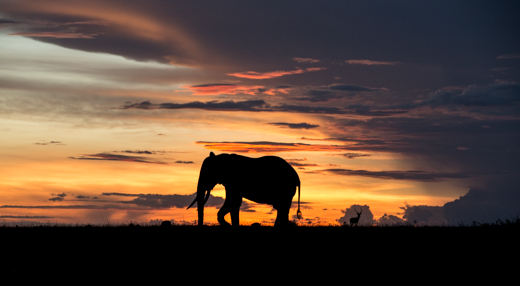On the 24th February, whilst at a “Save the Rhinos” fund raising dinner in London, I was fortunate to meet Richard Vigne, CEO of the Ol Pejeta Conservancy in Laikipia, Kenya. Ol Pejeta Conservancy is home to the last three surviving Northern White Rhinos on the planet. On the verge of being hunted to extinction, these three Rhinos; two females and one male, now live at Ol Pejeta Conservancy where they have 24 hour armed security, and a dedicated staff who care for all their needs.
With a trip to the Masai Mara planned for March, it presented an excellent opportunity to visit Ol Pejeta and catch up with Richard, see the fantastic work they are doing in their conservancy and to meet and photograph; what could very sadly be the last of these magnificent creatures.
I was honoured to be able to get up close to the Rhinos and get some amazing shots, what a truly magnificent and worthwhile project these people are running, it is so sad that the only male left (Sudan, 43) is now past breeding age. There is a glimmer of hope, with the help of San Diego Zoo scientists who are exploring alternatives (such as artificial insemination, in vitro fertilization and embryo transfer) to develop northern white rhino embryos and implant them in female Southern white rhinos at the San Diego Zoo. Only time now will tell us if this species can be saved.
15 minutes from the Rhino residence and still part of the Ol Pejeta Conservancy is the Sweetwater Chimpanzee sanctuary that I have previously visited. The chimpanzees’ natural home range spans from Senegal on the West African coast, through the central forested belt of Africa, to Uganda. They are not native to Kenya, but when a rescue centre in Burundi had to be closed due to the civil war outbreak in 1993 – Ol Pejeta opened its doors.
The Sweetwaters Chimpanzee Sanctuary was established with an agreement between the Ol Pejeta Conservancy, the Kenya Wildlife Service (KWS) and the Jane Goodall Institute. The aim – to provide lifelong refuge to orphaned and abused chimpanzees from West and Central Africa.
I spent some beautiful days around Mount Kenya in the Amboseli National Park with my good friend and guide Paul Kirui, we saw Rhino, Elephant, Lion, Zebra, Giraffe and impala amongst others. It is a extremely wildlife-rich environment with the most stunning of backdrops (If low clouds will allow you to see it).
Of the Wild Dogs that we encountered, one particular pack that caught our attention consisted of a large family made up of 4 adult males, 4 adult females and 11 pups. Wild Dog packs are ruled by a female Matriarch and this packs leader and another boisterous female have radio collars for the rangers to track their movements and to monitor the pack. It is thought that the younger females behaviour is an early indicator of desires to break off to start her own pack and become an alpha female.
Below are a few images from this trip, I hope you enjoy them.
